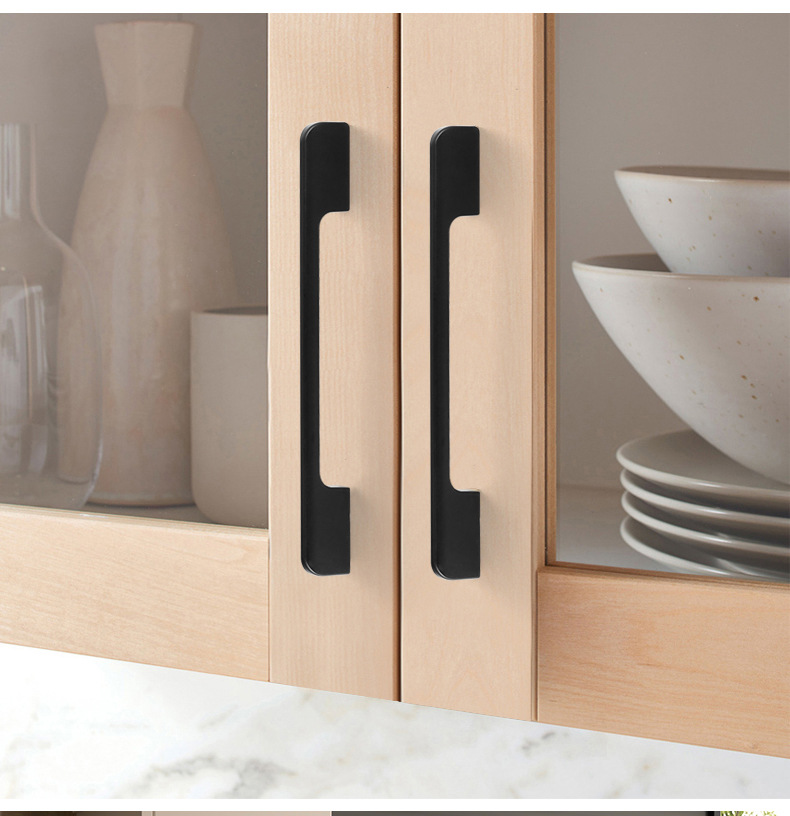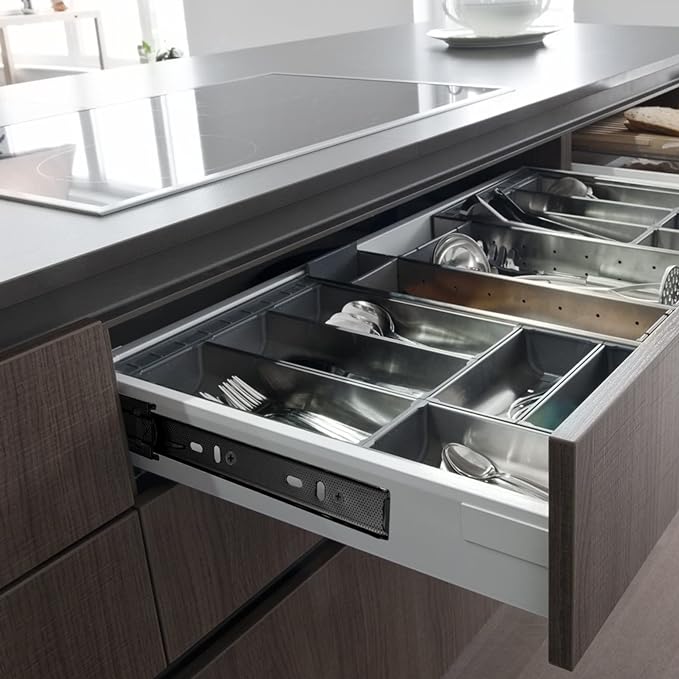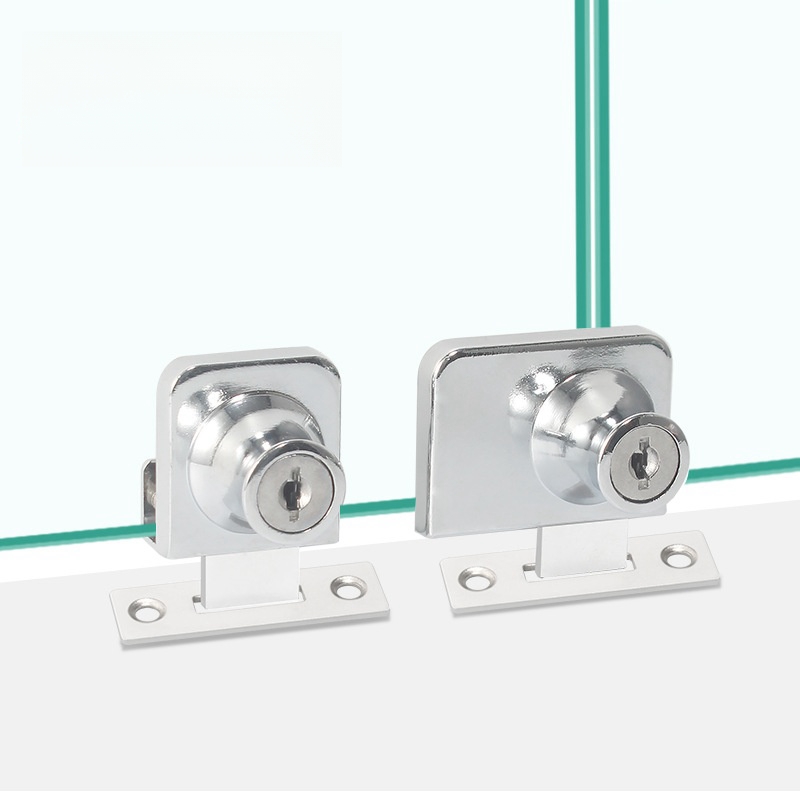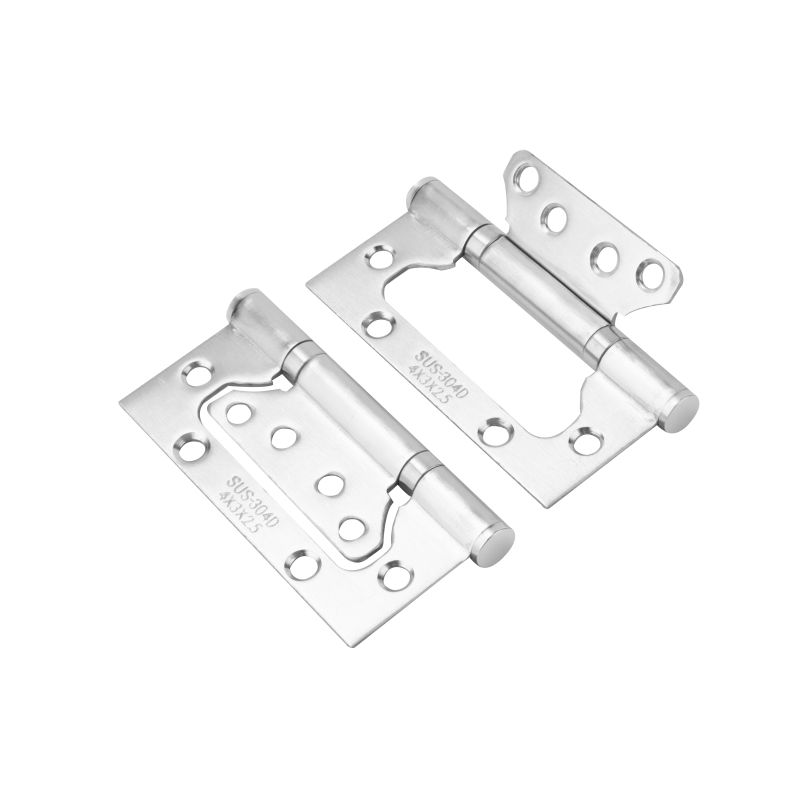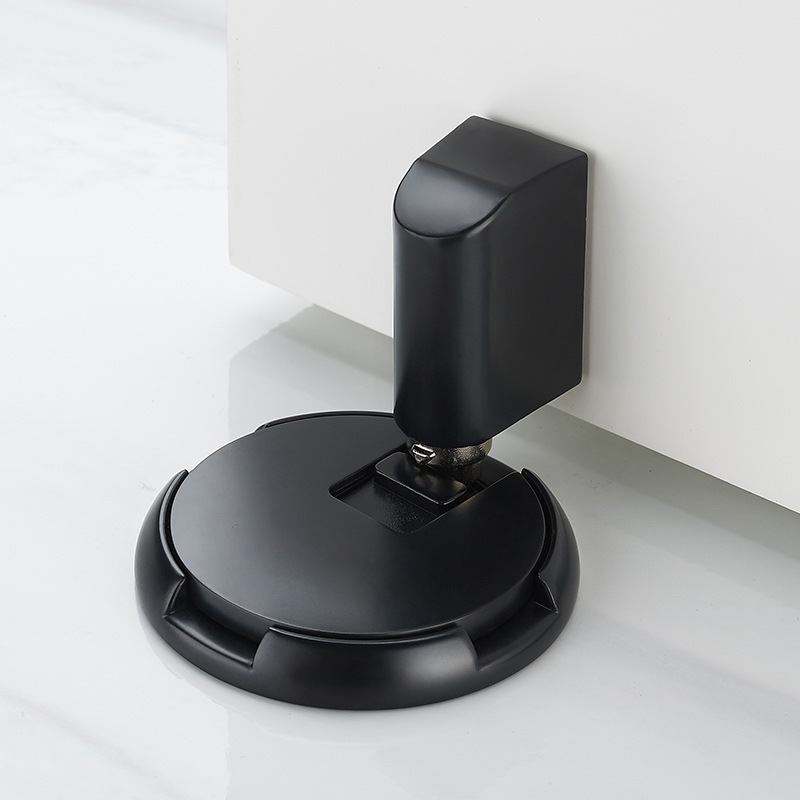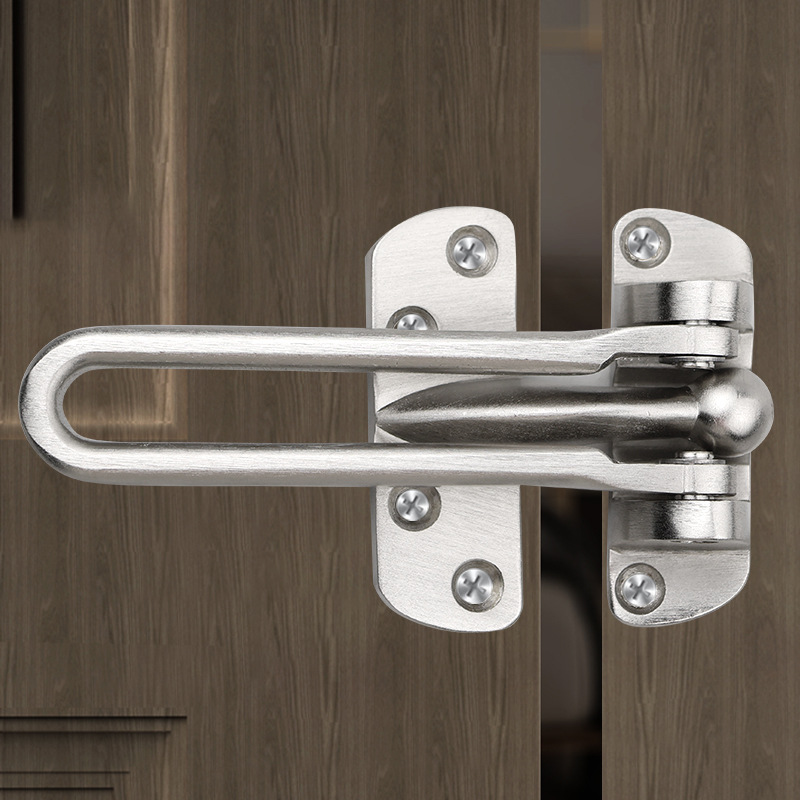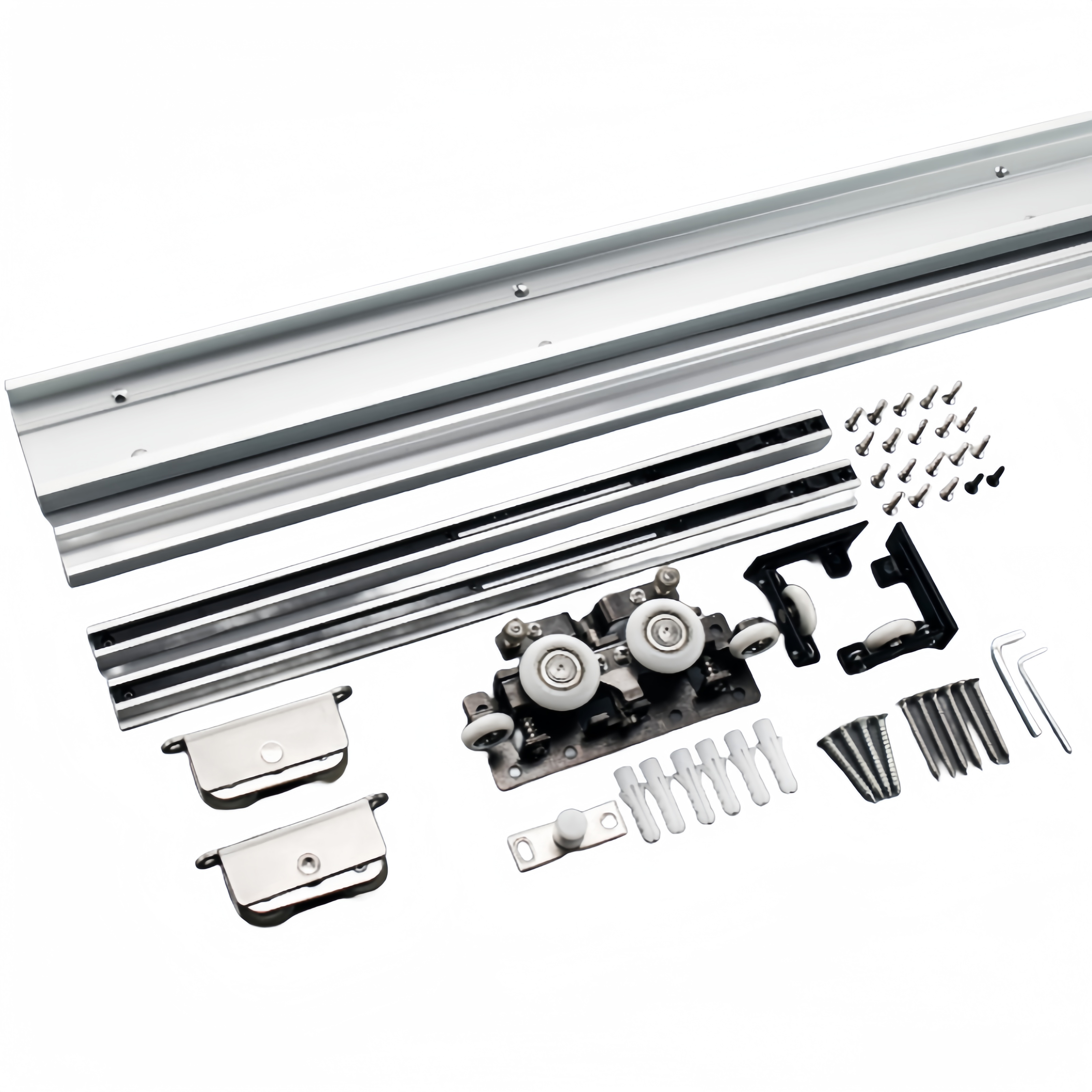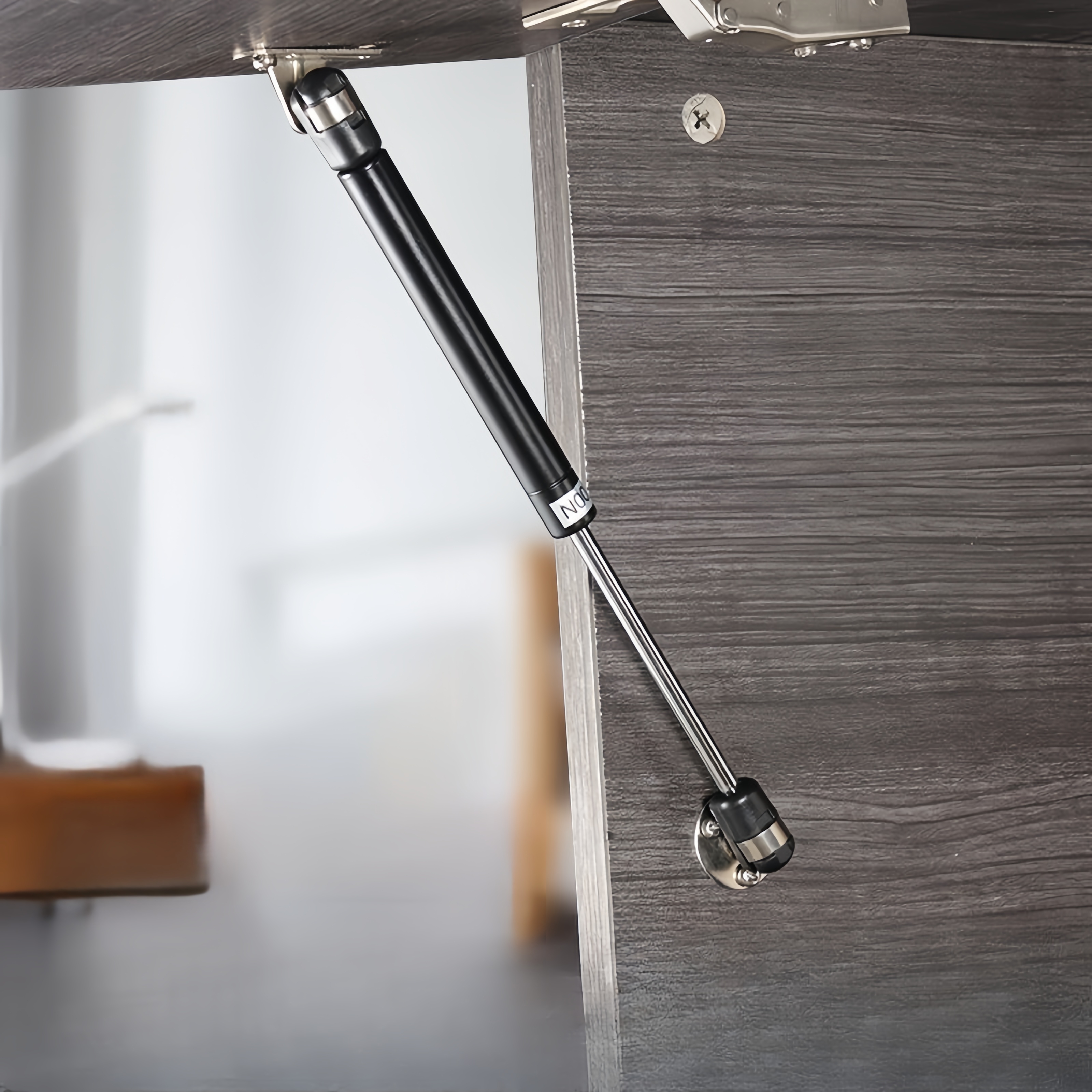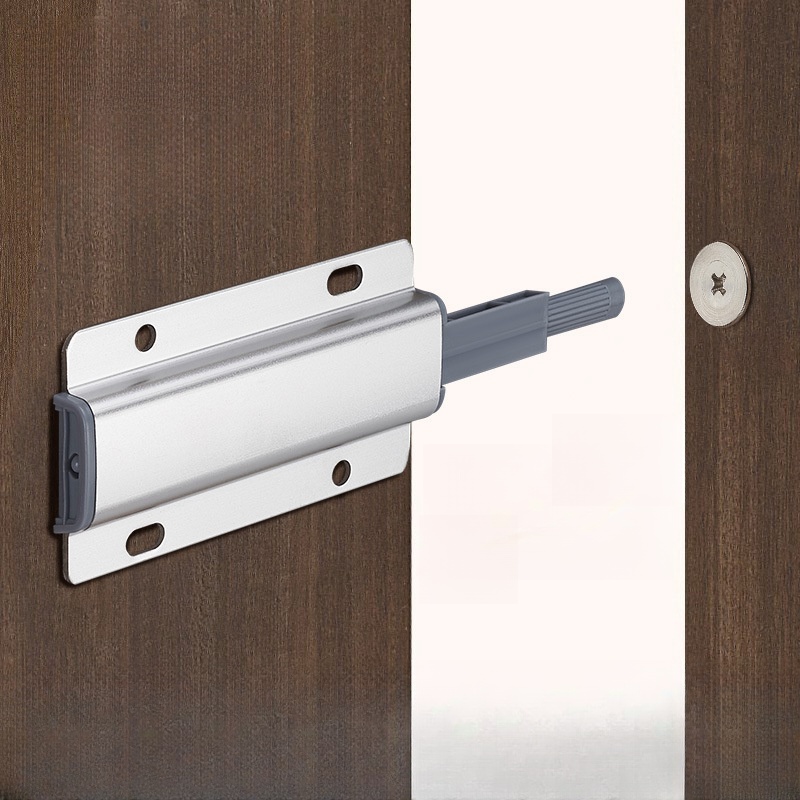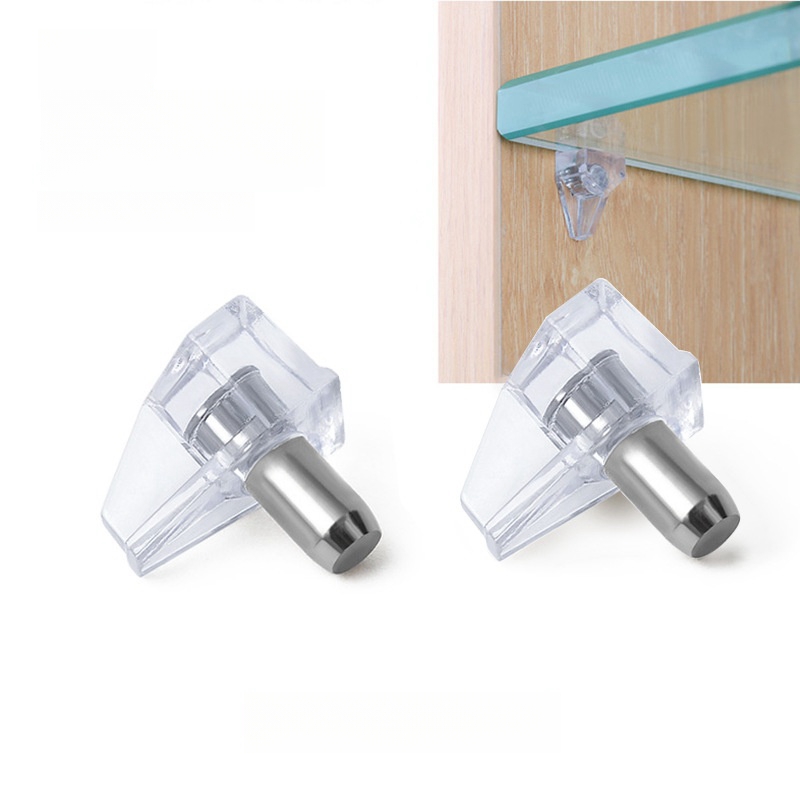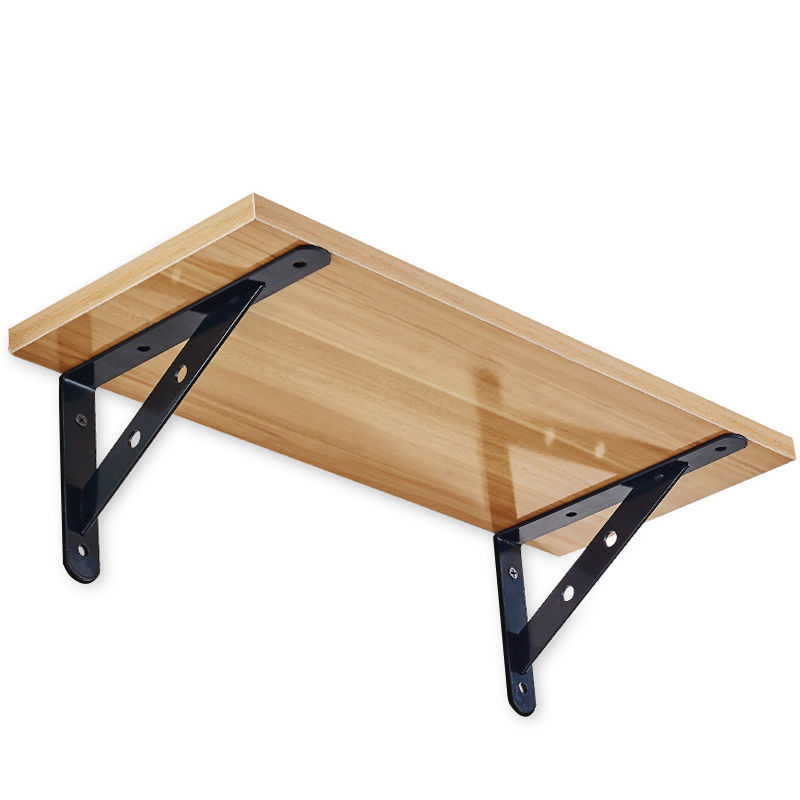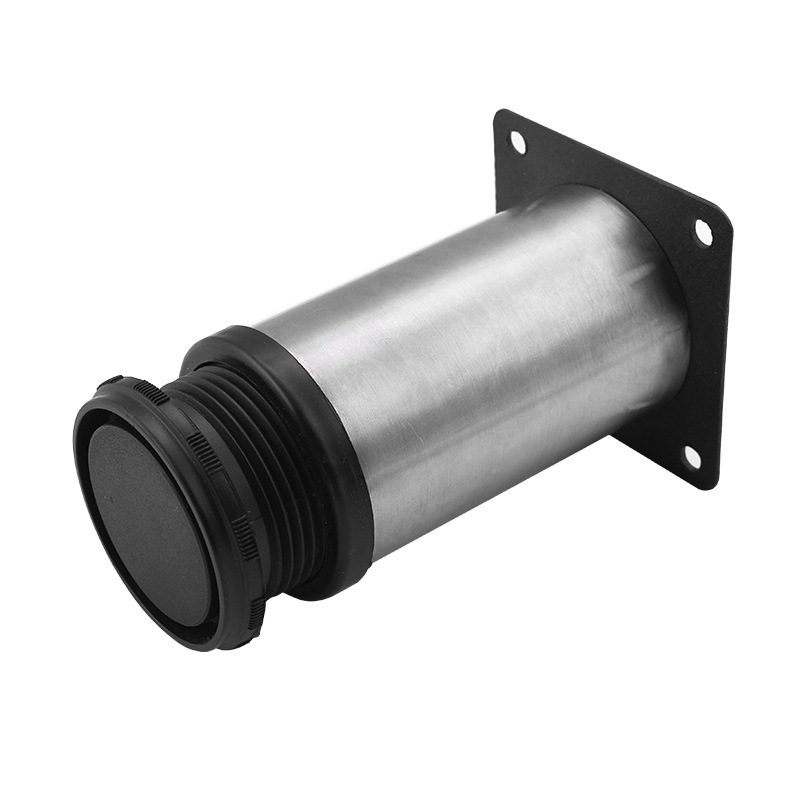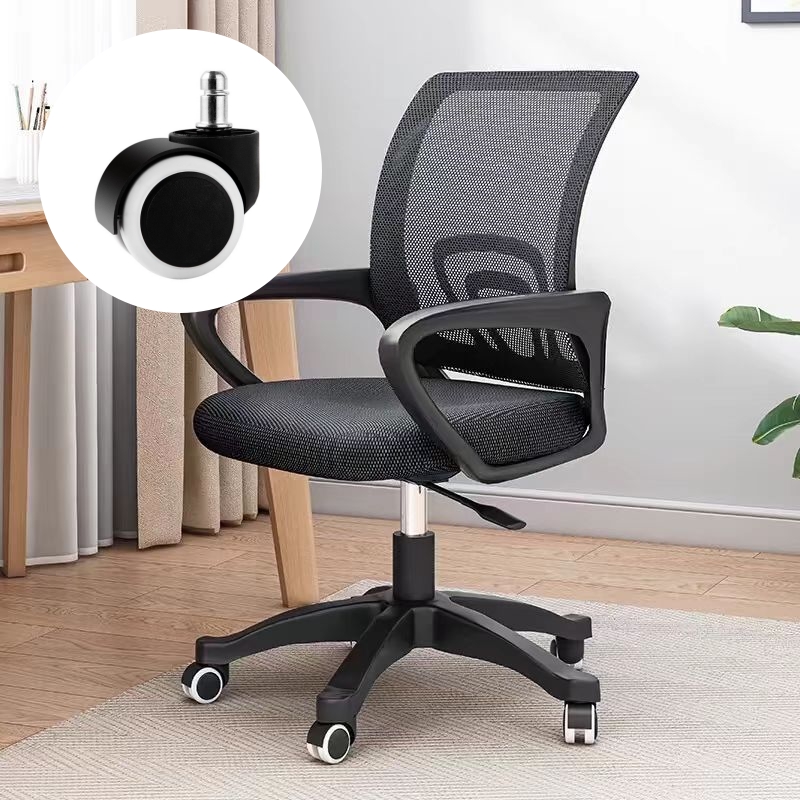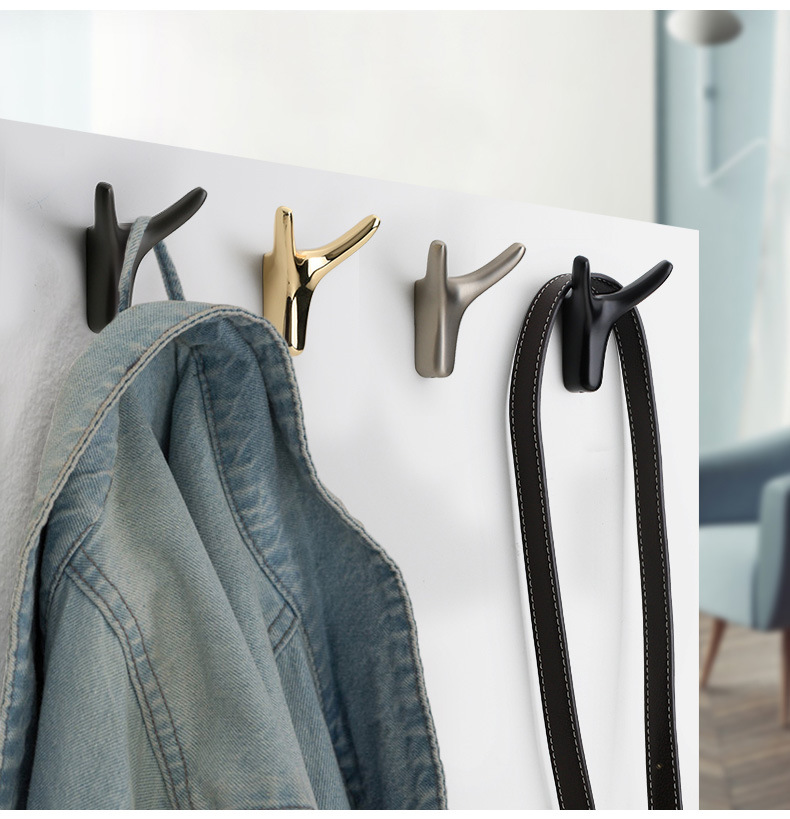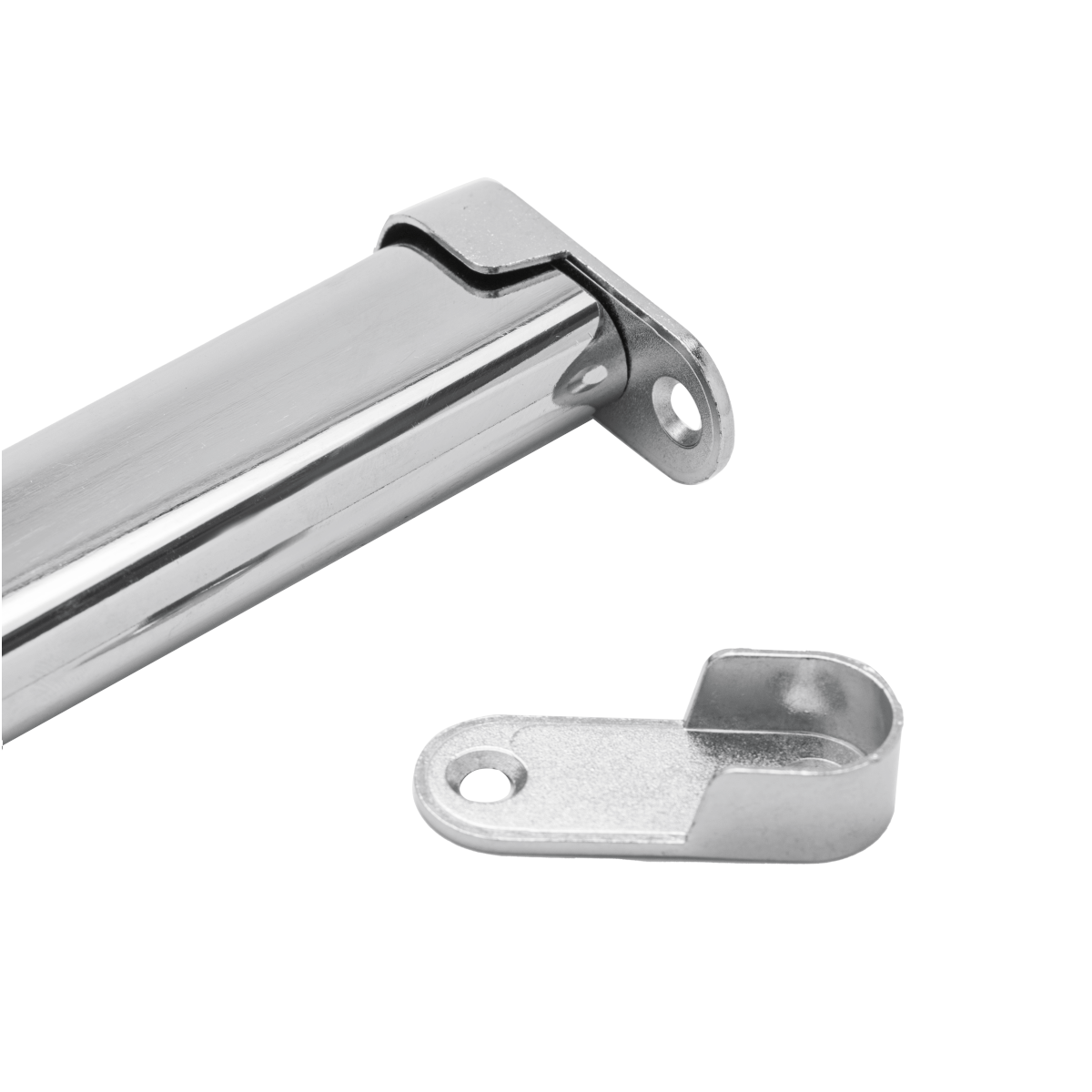
ABOUT
Guangzhou Toplink hardware Co., Ltd specialized in the production and export of furniture hardware fittings, with an experience of more than 14 years.
Our main products are drawer locks, cabinet hinges, sliding rails, cabinet handles, casters, cabinet legs and connecting fittings etc..
With a complete range of products, excellent performance and reasonable prices we have built up business with many customers all over the world.
We are committed to strict quality control and considerate customer service. We sincerely looking forward to becoming your best choice and the most reliable partner!
PRODUCTS
spring loaded door latch
The Mechanics of a Spring-Loaded Door Latch
At its core, a spring-loaded door latch relies on the principle of stored potential energy. A spring, typically a compression spring coiled tightly within the latch mechanism, is compressed when the latch is engaged. This compressed spring exerts a constant force, pushing the latch bolt outward against the doorjamb or strike plate. This outward pressure holds the door securely closed, resisting attempts to open it from the outside.
The release mechanism varies depending on the latch design. In simpler latches, a thumb turn or lever directly compresses the spring, allowing the bolt to retract. More complex systems might incorporate a key cylinder or a combination lock, which engages or disengages the spring-loaded mechanism. Regardless of the release method, the fundamental principle remains consistent: the release of the compressed spring allows the door to open.
The materials used are crucial to the latch's performance and longevity. Springs are often made from high-tensile steel, chosen for its ability to withstand repeated compression and maintain its elasticity over time. The latch bolt itself is typically constructed from durable metal, resistant to wear and tear, ensuring reliable operation even with frequent use. The housing might be made from various materials, ranging from basic plastics in inexpensive latches to more robust metals like zinc alloy or stainless steel in higher-quality models.
Variations in Design and Functionality
Spring-loaded door latches come in a wide array of designs, catering to different needs and aesthetic preferences. From simple, flush-mounted latches suitable for internal doors to more robust deadbolt mechanisms for added security, the variety is extensive. The simplest latches offer basic functionality, while more sophisticated versions incorporate features such as automatic locking mechanisms, keyed entry, and even integrated electronic controls.
Surface-mounted latches are readily accessible and easy to install, making them a popular choice for DIY projects. Mortise latches, installed directly into the door itself, offer a cleaner, more integrated look and often provide enhanced security. Deadbolt latches, featuring a separate bolt that extends further into the doorjamb, offer superior resistance to forced entry. Each design variation presents a trade-off between simplicity, security, and aesthetic considerations.
Modern innovations include the incorporation of smart technology. Some spring-loaded latches integrate with home automation systems, allowing remote locking and unlocking via smartphones or other smart devices. These systems often incorporate features like keyless entry, access codes, and even integration with security cameras for enhanced home security.
Applications and Industries
The applications of spring-loaded door latches extend far beyond residential doors. They are integral components in countless commercial and industrial settings. Office buildings, retail stores, and industrial facilities all rely heavily on these mechanisms to secure access and control entry points.
In the automotive industry, spring-loaded latches are employed in various applications, from securing vehicle doors and hoods to holding down compartments and panels. The aerospace industry also utilizes spring-loaded mechanisms for similar purposes, albeit with more stringent quality control and materials selection to withstand extreme conditions.
Specialized versions of spring-loaded latches can be found in various niche applications, such as securing equipment cabinets, controlling access to sensitive areas, and even in specialized medical equipment. Their versatility and adaptability make them indispensable across a remarkably diverse range of industries.
History and Evolution
While the exact origins of the spring-loaded door latch are difficult to pinpoint definitively, its fundamental principles have been utilized for centuries. Early forms of latches relied on simple wooden or metal mechanisms, utilizing rudimentary springs or gravity to keep doors closed. The development of more refined spring manufacturing techniques, particularly during the Industrial Revolution, significantly improved the reliability and efficiency of these mechanisms.
The mass production of standardized components led to the widespread adoption of spring-loaded door latches in buildings worldwide. Technological advancements have constantly refined the design, leading to increased durability, security, and aesthetic appeal. The integration of modern materials, such as advanced polymers and high-strength alloys, has further enhanced performance and lifespan.
Today's spring-loaded door latches represent a culmination of centuries of innovation and refinement. From humble beginnings to the sophisticated systems available today, their evolution mirrors broader technological advancements, reflecting our ongoing pursuit of improved security, convenience, and design.
Conclusion
The seemingly simple spring-loaded door latch is a testament to the power of ingenious engineering. Its unobtrusive functionality belies a complex interplay of forces and materials, refined over centuries of development. From residential homes to industrial facilities, its ubiquitous presence highlights its enduring significance in our built environment. Understanding the mechanics, variations, and applications of this essential component not only provides insight into its design but also offers a glimpse into the broader history of technological innovation.
SUBSCRIBE
INQUIRY
